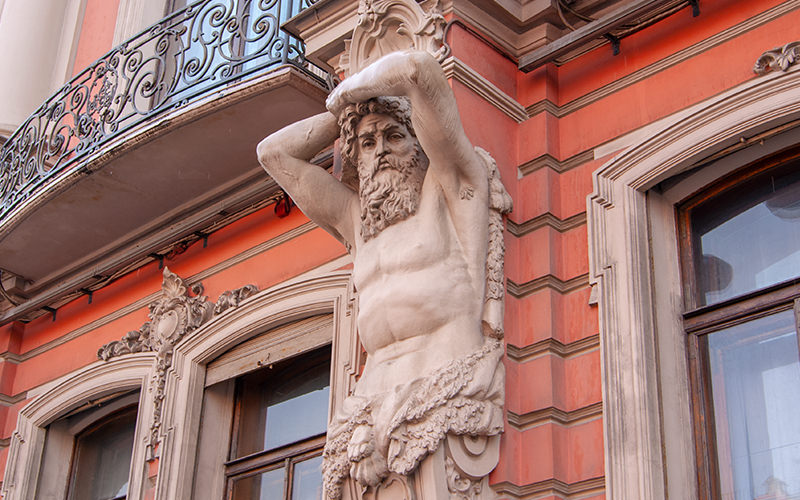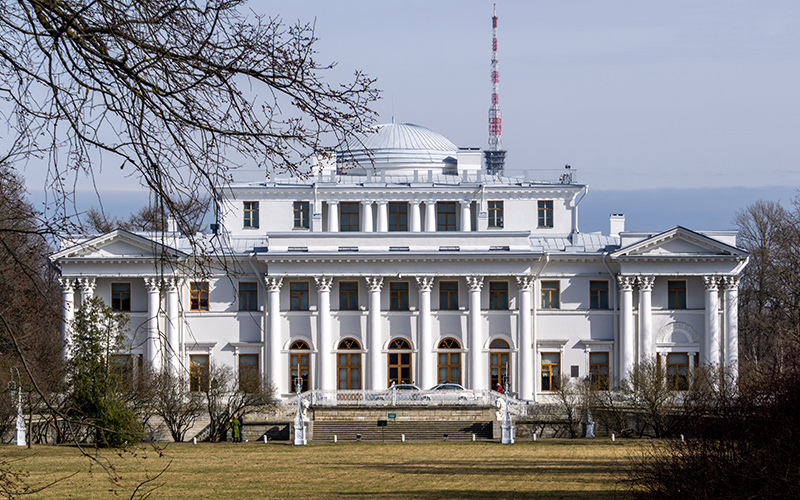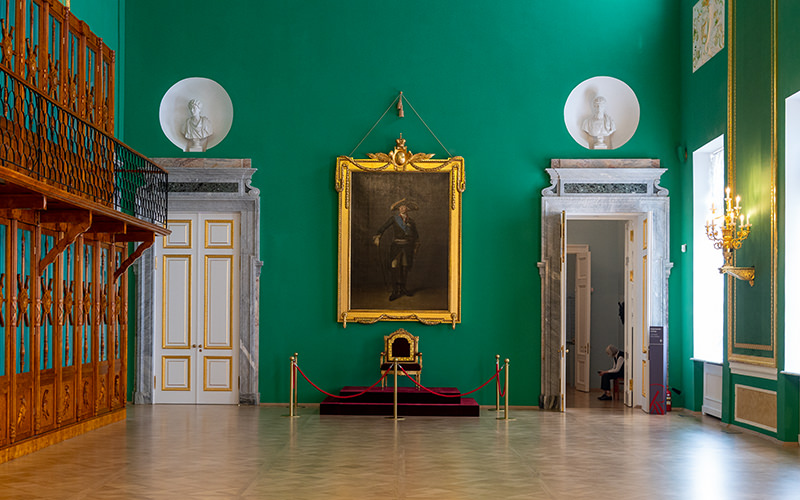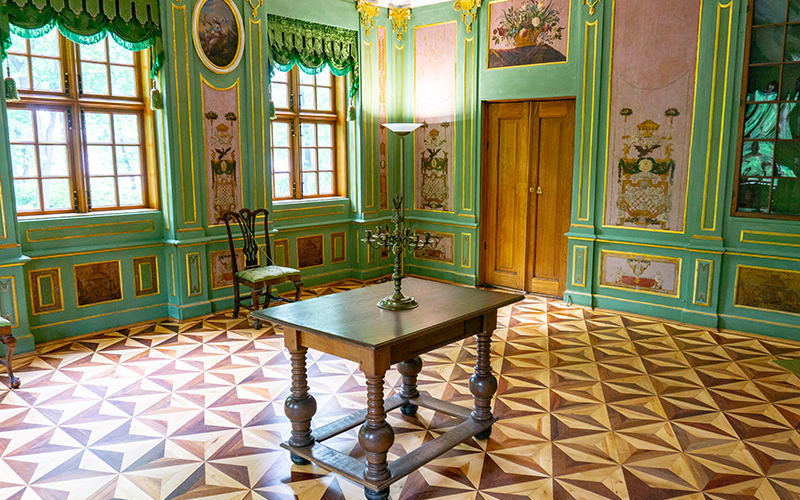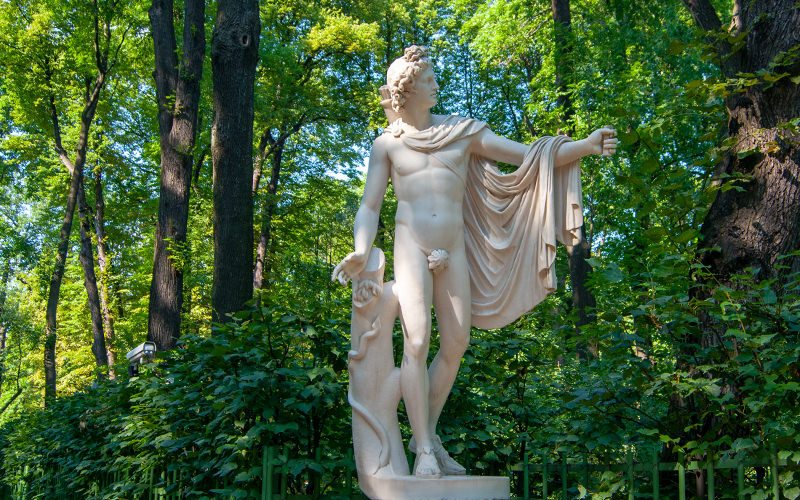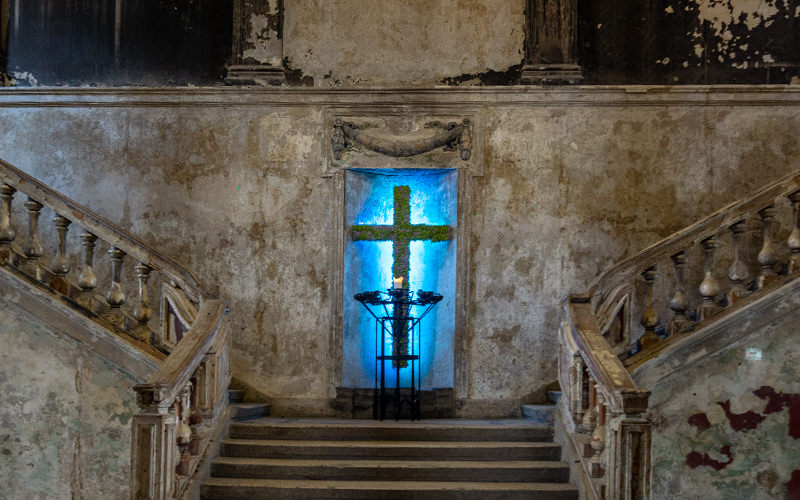Friends, today we embark on another virtual journey, this time behind the closed doors of the Small Marble Palace, one of the most unusual buildings in St. Petersburg. Although the house is just a few minutes' walk from the Summer Garden, due to its location on a street perpendicular to the main pedestrian routes, the average tourist is unlikely to stumble upon this building by chance. Even if you do spot it among the small streets of the Liteynaya side of St. Petersburg, simply getting in will be impossible. I will try to correct this misunderstanding, show you the facades and interiors of the palace, and tell you about its rich history. Shall we begin?
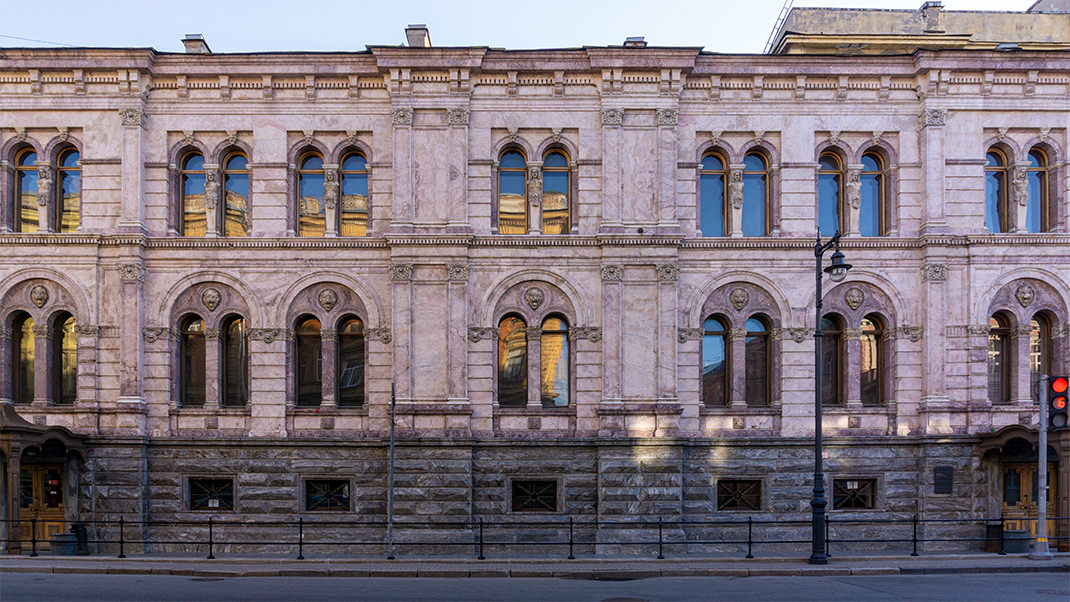
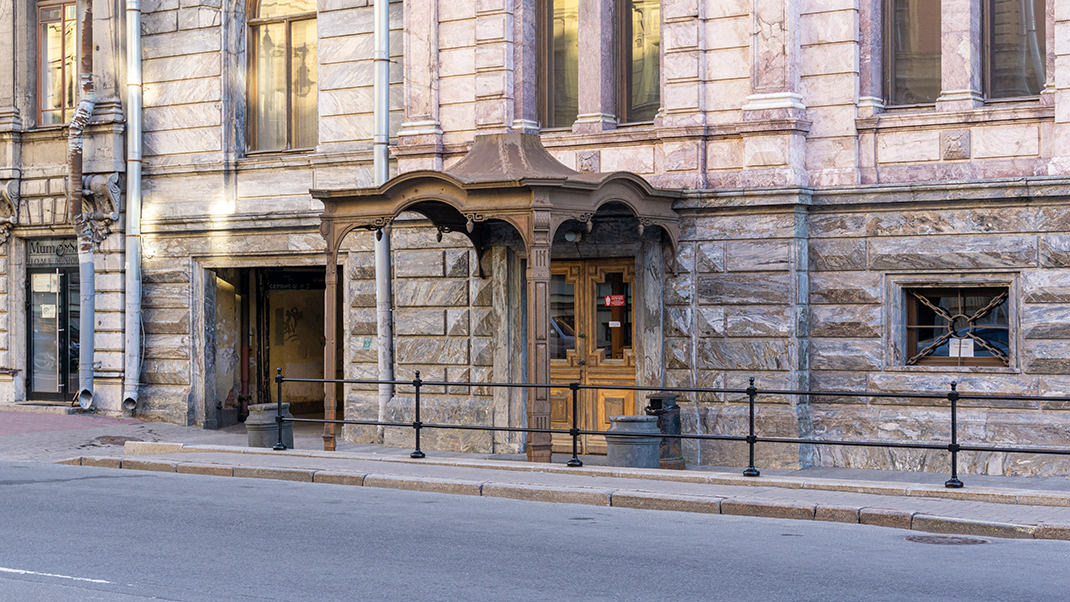
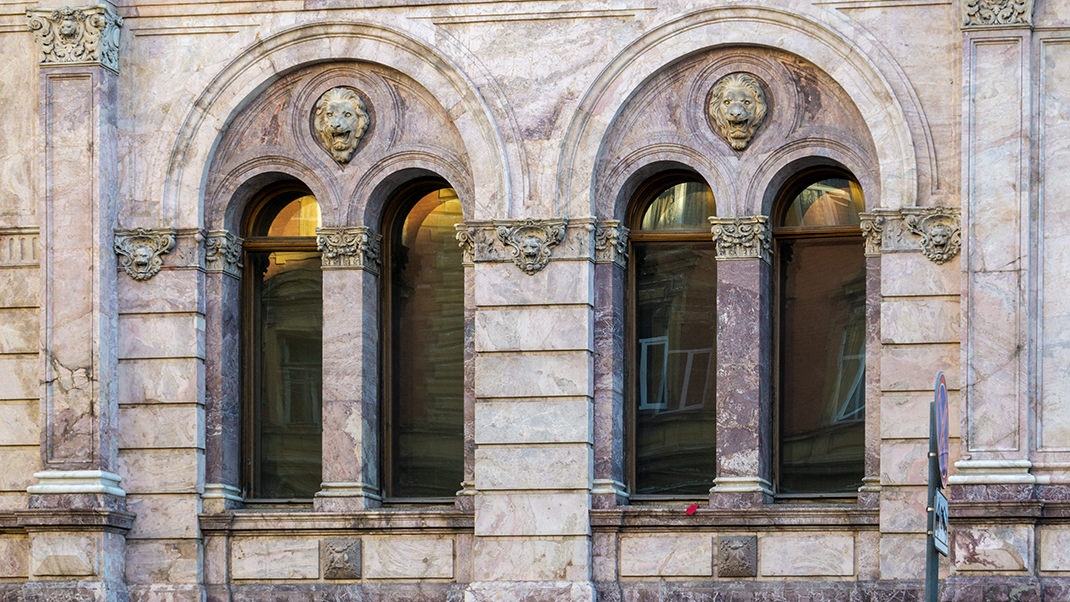
Small Marble Palace: How to Join a Tour
Currently, the palace is not a functioning museum, and you can only visit it as part of a guided tour. I opted for a trusted option and went on a tour of the interiors with the "Open City" project, which opens the doors of many St. Petersburg houses to its guests. You can sign up for the tour on the project’s website, and all activities are free.
If you just want to take a stroll around the building and admire its unusual facade, the address is 3 Gagarinskaya Street. The nearest metro station is "Chernyshevskaya," and there are several public transport stops nearby.
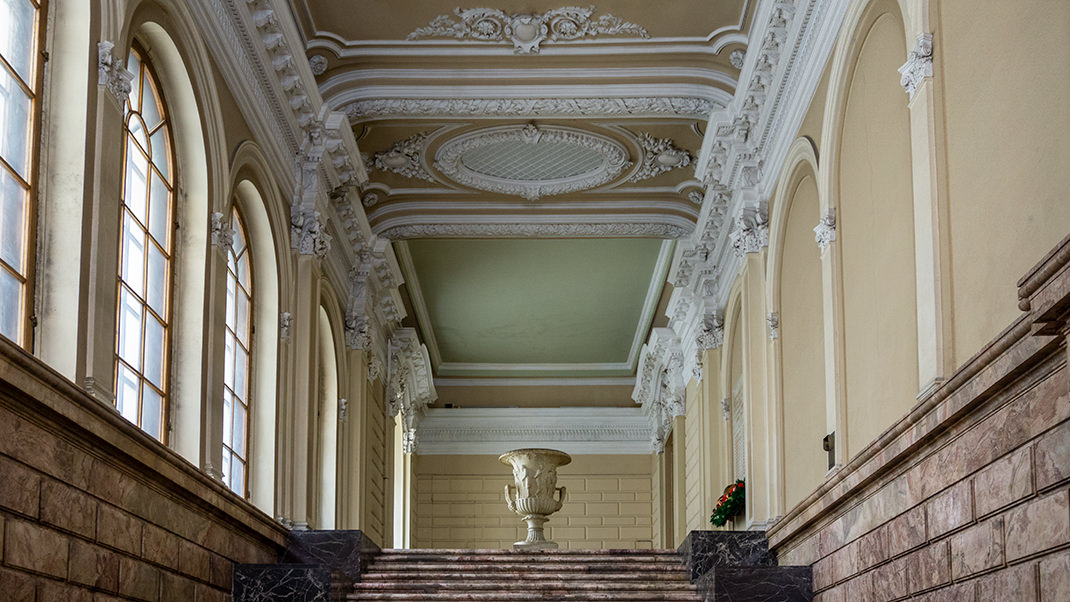

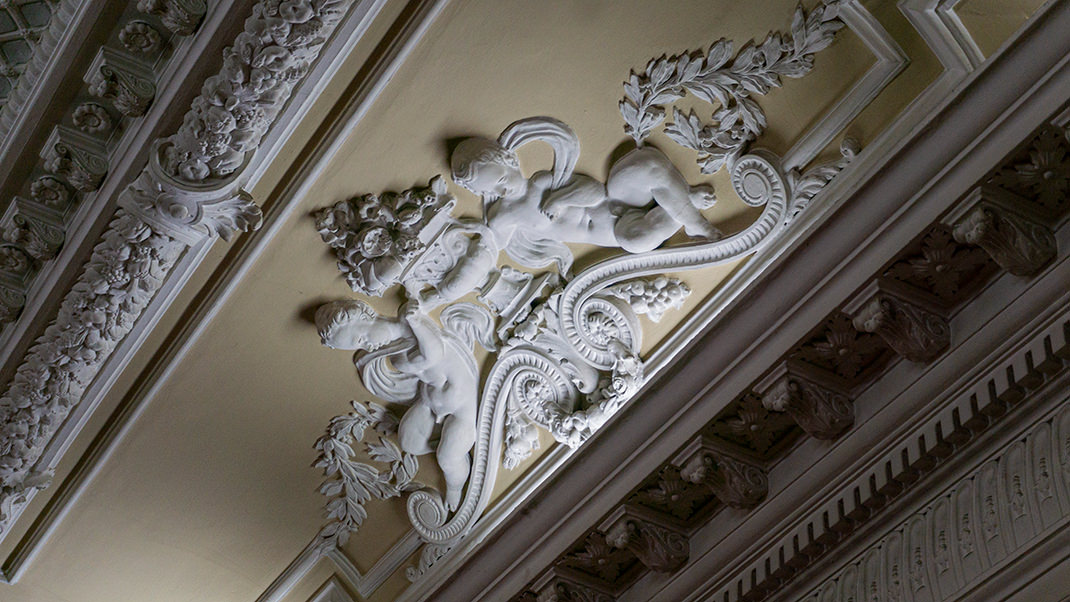
A Bit of History
First, let’s clarify the name of the building: due to the frequent change of ownership, the name of the house is often followed by the owner's surname. In the list of cultural heritage sites in St. Petersburg, the building is listed as "Kyshelev-Bezborodko N. A. (Yurievskaya E. M.) Palace with courtyard wings." Many locals know the building as the Small Marble Palace.
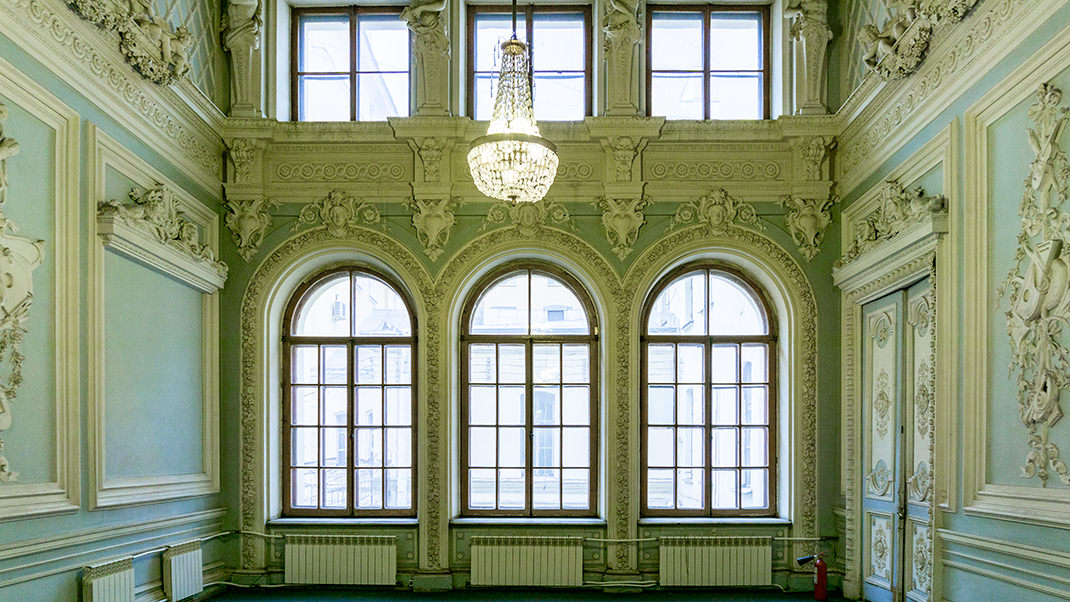
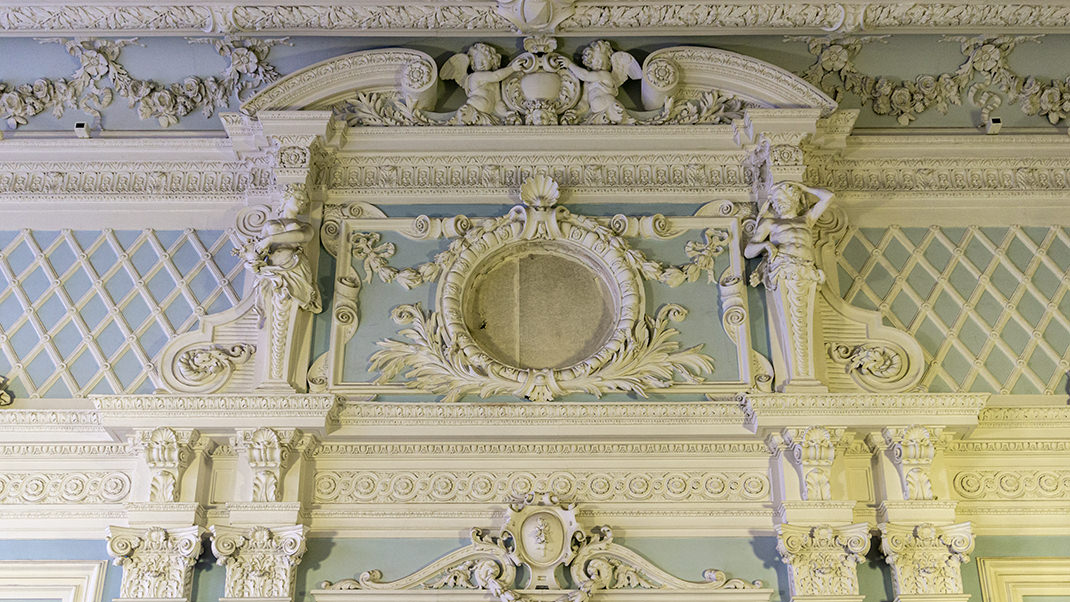
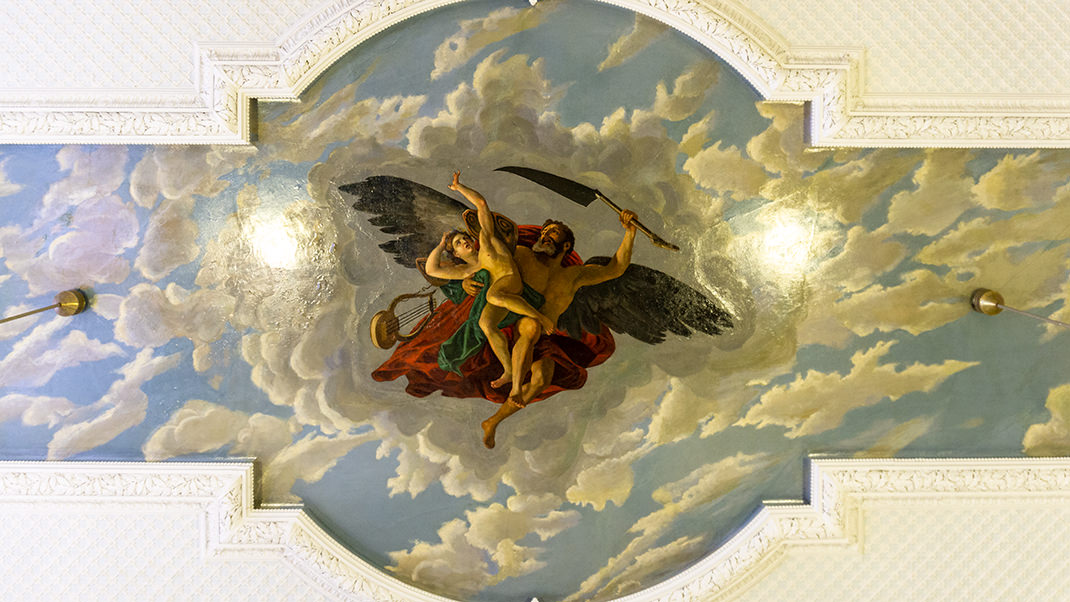
The first stone building on this site appeared in the 1770s. In the first half of the 19th century, the mansion, already rebuilt, was sold to the Ministry of Foreign Affairs and became the Prussian Embassy. Soon after, the building was acquired by Count Alexander Grigorievich Kyshelev-Bezborodko, a statesman and owner of one of Russia’s richest art galleries. At that time, he already owned the neighboring house No. 1.
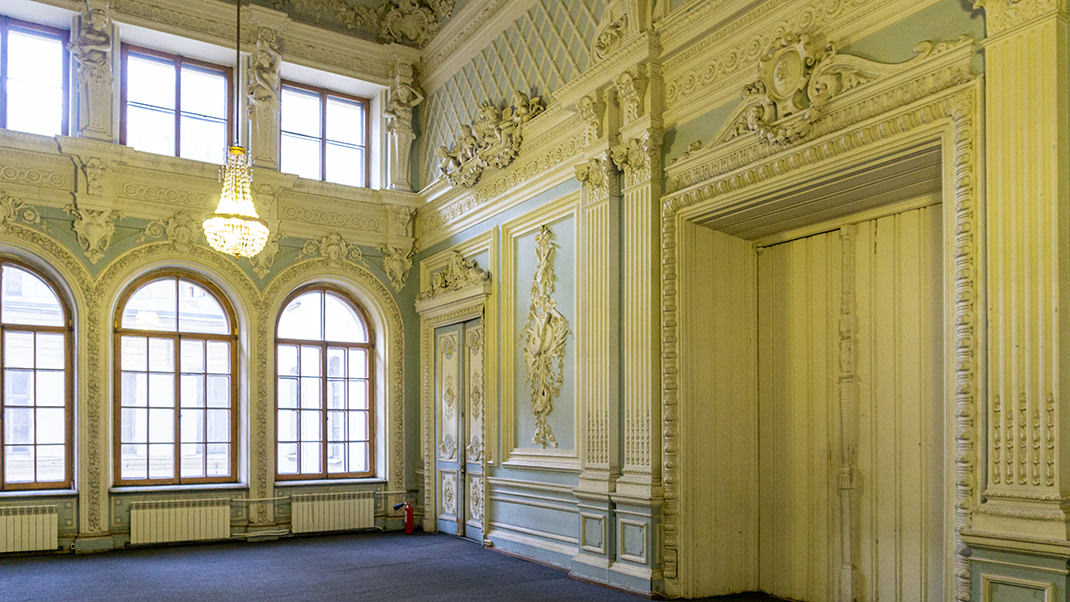

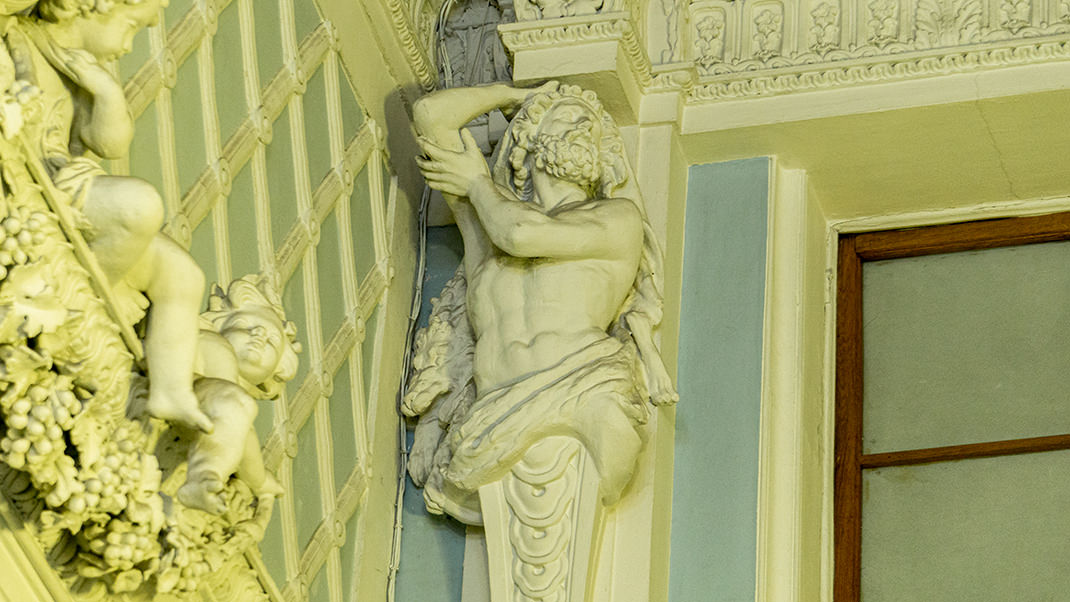
The mansion purchased by the count became part of an estate with a garden and several courtyards. The building housed Kyshelev-Bezborodko’s collection, and in 1846, a public art gallery was opened here.
Count Alexander Grigorievich Kyshelev-Bezborodko passed away in 1855, and his son, Nikolai, inherited the mansion at 3 Gagarinskaya. Under his ownership, architect Eduard Yakovlevich Schmidt reconstructed and expanded the building, and the facade was cladded in marble. The works were completed between 1857 and 1862.
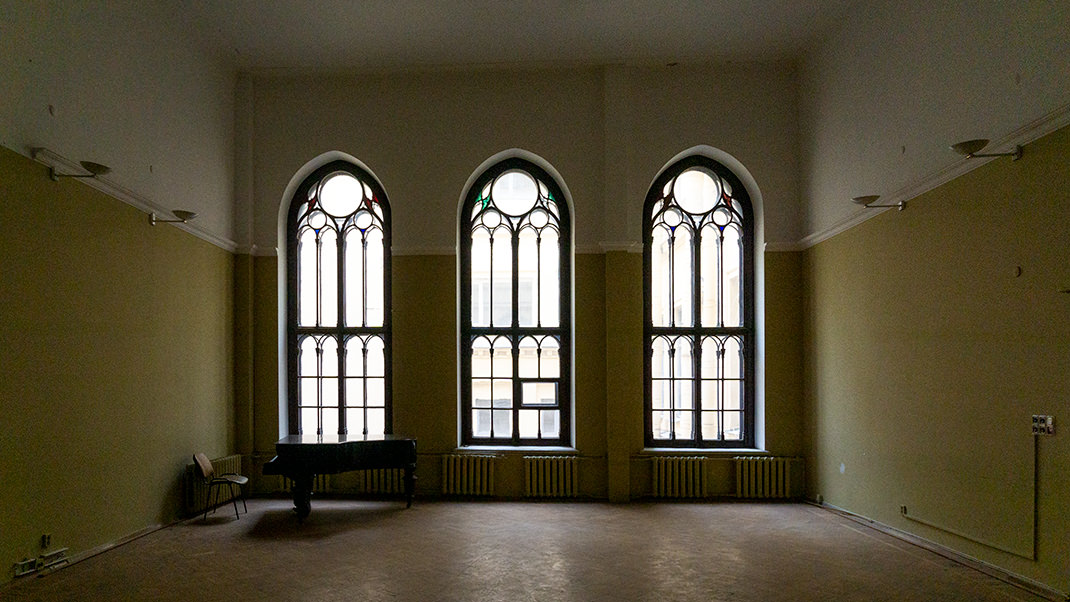
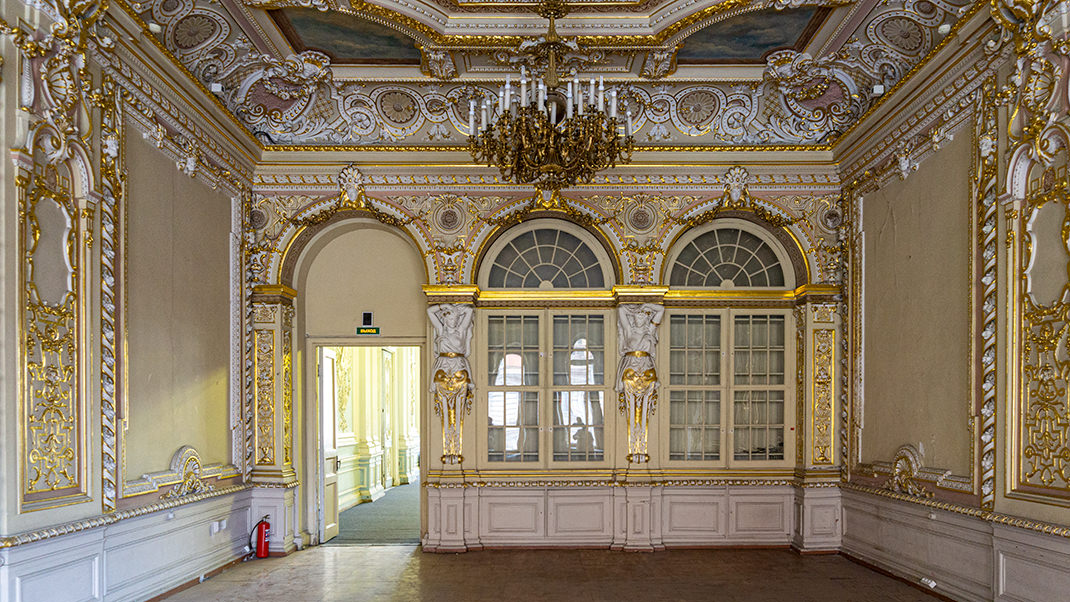
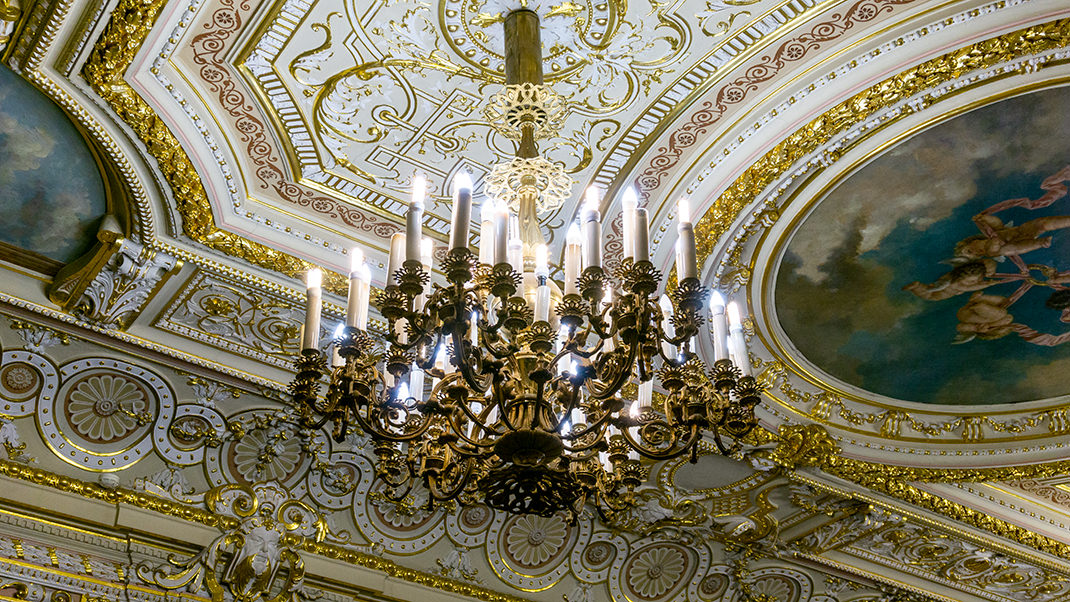
Another significant date in the history of the mansion is 1873, when the building got a new owner, Grand Duke Nikolai Konstantinovich. However, the following year, he was exiled from St. Petersburg, and the palace remained vacant for several years. The new owner of the Small Marble Palace was Princess Ekaterina Mikhailovna Yurievskaya (born Princess Dolgorukova), the morganatic wife of Emperor Alexander II. She established a memorial study of her late husband here, but soon the building fell into disrepair, as the princess mostly lived outside of Russia after the emperor's death.
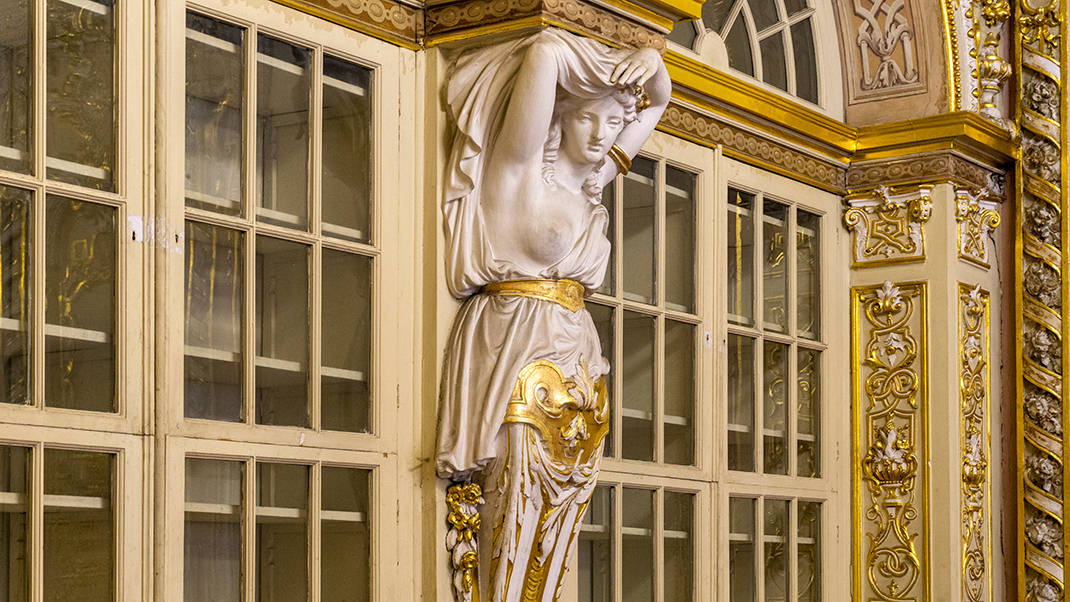
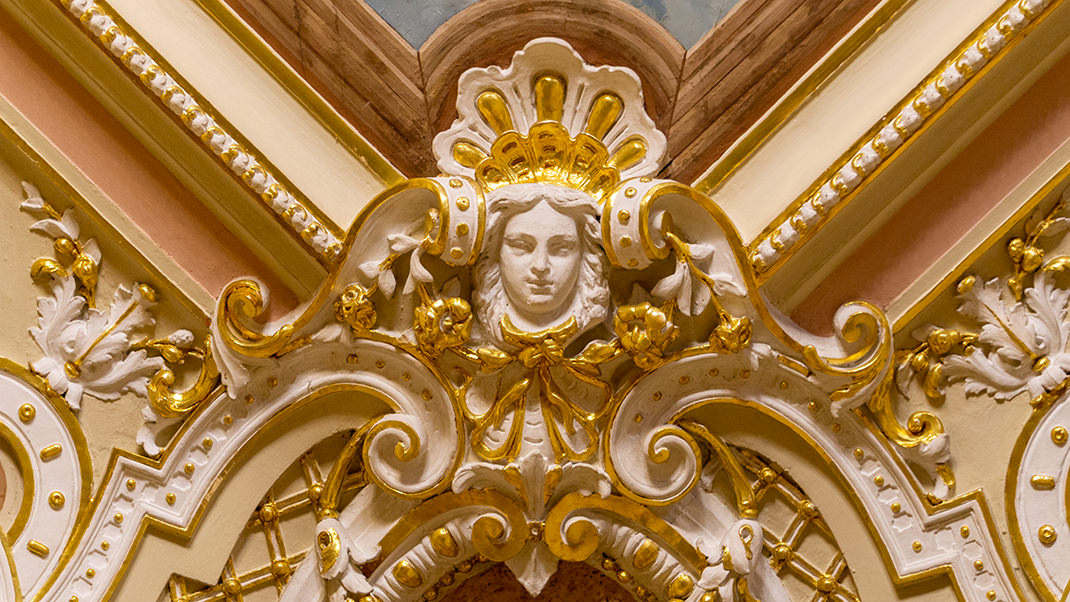
In 1910, the mansion passed to its last pre-revolutionary owner, Ekaterina Pavlovna Leonard. During her ownership, the former estate garden was replaced by a rental house built in 1913-1914 (architect: Nikolai Nikolaevich Ignatyev).
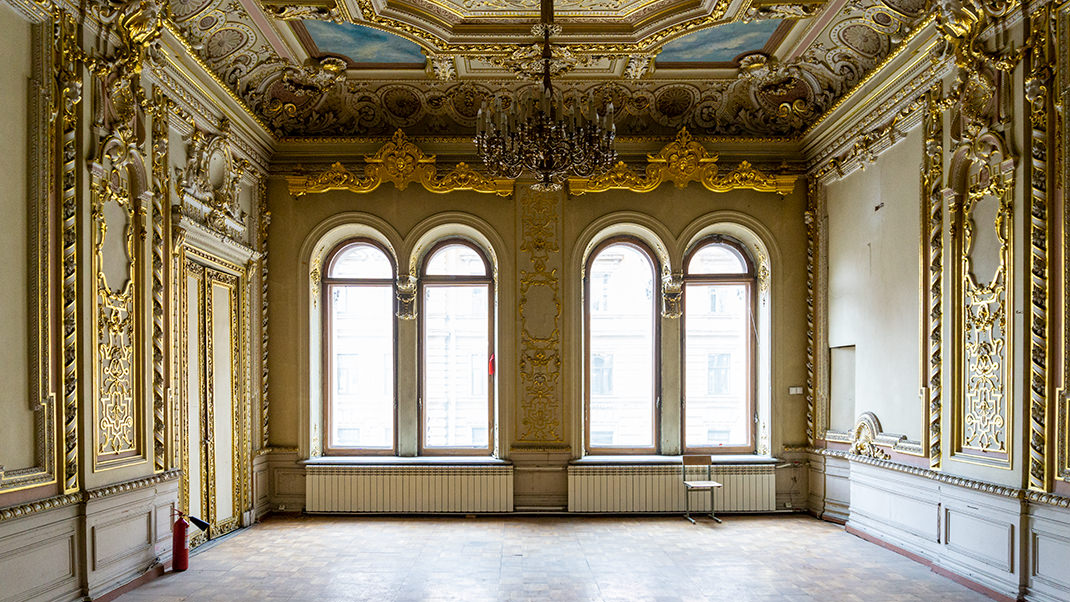
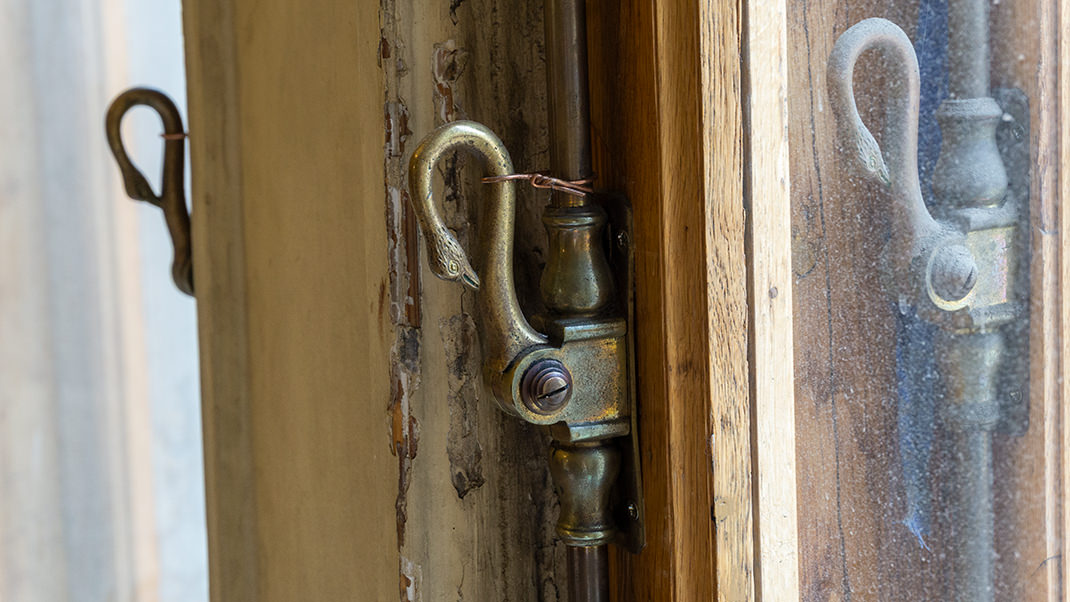

The further fate of the building follows the story of many similar structures: revolution, nationalization, and the placement of various organizations in the once-luxurious interiors—organizations often unrelated to art or culture. We will talk about the subsequent events in the life of the Small Marble Palace in the next article.
Have a nice trip!


